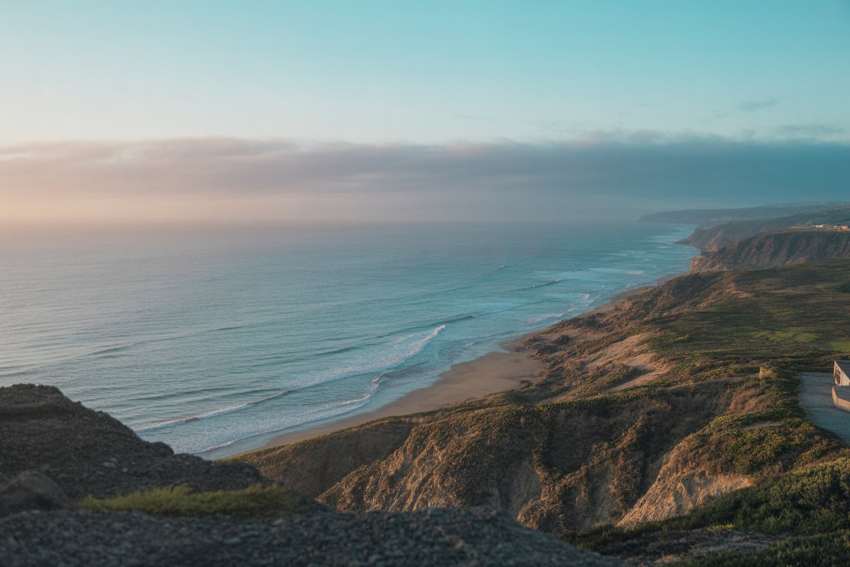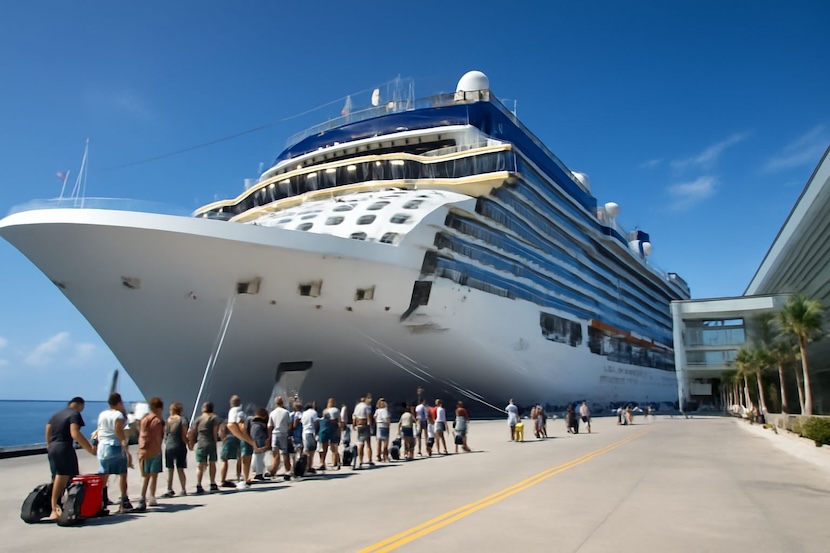Would Marlin Really Be Able to Find Nemo?

We investigate the possibility of the plot of Pixar’s Finding Nemo.
As a parent, there are certain films that you commit to memory. This is not out of necessity, nor is it specifically out of desire. These movies burn their way into a mother or father’s memory banks because they are often set on constant repeat over the course of months – if not years – to keep the kids happy. The technology of home video systems allows movies like The Lion King and Finding Nemo to play on an infinite loop during the day.
After watching a film like Andrew Stanton’s Finding Nemo 186,000 times, a parent starts to look at it different. He or she will forget it’s a story of talking fish featuring sharks on a twelve-step program and surfer dude turtles. Parents will start to question the internal logic of the film and wonder whether any of it is actually possible.
Spoiler alert: it’s just a cartoon, so it really doesn’t matter.
Still, one can’t help but wonder if the story of a dedicated father clown fish named Marlin (Albert Brooks) would be able to do what he does in the movie. Forget probability odds of literally finding one fish in the massive sea. Watch it enough times on repeat, and you’ll get to thinking: Would Marlin really be able to find Nemo?
The Answer: Probably not. And his actual journey would end in his death.
Marlin and Nemo are Australian clownfish (special Amphiprion ocellaris), and they live in the Great Barrier Reef, which is located in the Coral Sea off the coast of Queensland, Australia. Most clownfish don’t travel more than a few meters from the safety of their anemone, which is what drives the story of the desperate father in the film.
While swimming in the open water, Nemo is captured by a SCUBA diver from Sydney, which sets the story in motion. According to MapQuest, there is approximately 1500 miles of coastline between the shores off the Great Barrier Reef and the capital city of Sydney, which is located on the southeast corner of the continent. Even though licenses are required to fish in Queensland, it is plausible that the Sydney dentist who ended up capturing Nemo either had a license or was just an opportunist who grabbed the fish when he had a chance.
Similar to how Disney’s 101 Dalmatians movies caused a boom in Dalmatian sales, resulting in overbreeding and ill-informed pet purchases, Finding Nemo caused a sudden demand for clownfish in private fish tanks. (Forget the fact that the movie has a strong anti-pet message when it comes to tropical fish. Children demanded Nemos of their own, and these fish are now over-harvested.) While it would be harder for a SCUBA diver to find a free-swimming clownfish today, there was not as much regulation back in 2003 when the film was released.
So, while it’s entirely plausible for a Sydney dentist to capture Nemo, was it even remotely possible for Marlin to go on the 1500-mile search for his son?
Could Marlin make it?
Pixar
Clownfish are pretty tiny animals, reaching approximately 10 cm in length. This makes Marlin about 200 times smaller than a six-foot adult human. To put Marlin’s 1500-mile journey into perspective, it would be like a human parent traveling 300,000 miles to save his son. That’s more than the distance from the Earth to the Moon.
Still, it’s not insurmountable. Clownfish aren’t known as distance swimmers, but if they travel about an average speed of 3 mph (which is a reasonable assumption for fish their size), it would take 21 days without rest to make the journey. While the events of Finding Nemo appear to take place over the course of a long weekend, it would take a bit longer.
However, in the movie Marlin had some help. With the help of Crush the sea turtle, he and Dory (Ellen DeGeneres) hopped onto the East Australian Current, which drives water down the coast from the Great Barrier Reef. In fact, it’s not uncommon for hundreds of fish to be displaced by this current and end up in Sydney.
The East Australian Current, which Marlin affectionately calls the “swirling vortex of terror,” flows at a speed of about 2.5 knots, or 3 mph. This could effectively double Marlin’s travel speed, putting him in Sydney waters within just a couple weeks.
Unfortunately, a helpful sea creature would have brought him to a screeching halt.
That whale would have killed him
Along their journey, Marlin and Dory get plenty of help from sharks, turtles and moonfish. They also accidentally are swallowed by a whale that was gobbling up krill. Fortunately for Dory, she speaks whale, so while she and Marlin were stuck in it mouth, she was able to ask it to take them to Sydney. Eager to help, the whale expels Marlin and Dory from its blowhole and into Port Jackson, where Nemo was being held captive in a dentist’s aquarium.
However, there is a problem with this. Whales don’t actually spray water out of their blowholes. The spray seen when a whale exhales is actually just water blown away from its blowhole rather then from it. Unlike humans and most other mammals, whales can’t breathe through their mouths.Their blowholes are connected directly to their lungs, while their mouth is connected directly to their digestive system. This allows the whale to breathe separately while consuming food and swallowing underwater. This is essential for the animals to not drown.
Once Marlin and Dory would have entered the whale’s mouth, they’d be dead. With no easy escape hatch through its respiratory system, they would have ended up being swallowed along with millions of krill and slowly digested in the stomach of the whale, destined to be whale poo sinking to the bottom of the ocean.
I suppose this is just as good, because had Marlin actually found Nemo in Australia, they would never had been able to make the return journey to the Great Barrier Reef. The East Australian Current is a one-way route, moving at least as fast as the little clownfish could swim themselves.
Sorry for ruining your childhood.
link






